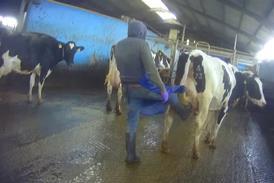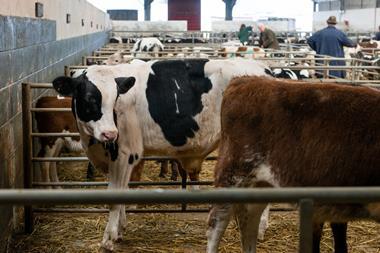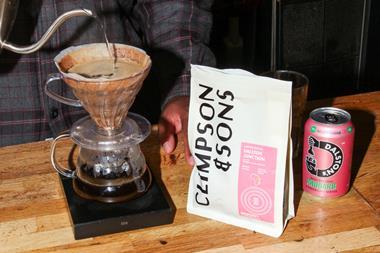Pig numbers have risen for the first time in seven years, and the industry says the increase could spell the start of a period of growth for the sector.
Provisional figures from Defra's latest agricultural census show a modest 2.8% increase in the pig herd over the past six months. Crucially, that includes a 1.6% rise in the size of the breeding herd, prompting upbeat comments from Mick Sloyan the chief executive of BPEX.
"We're looking at a short-term increase in the number of pigs destined for market in around six months time and, long-term, further growth - in about 12 to 18 months - in the number of pigs for slaughter due to the increased size of the breeding herd," Sloyan told
The Grocer.
"The figures show modest growth and signal that the industry is beginning to turn the corner,"
he added.
"The increase is a very pleasant surprise, particularly since the previous survey results in December 2005 showed a decline," said Bob Howe, managing director of processor George Adams, whose company slaughters 14,500 British pigs each week - about 10% of the national herd annually.
"We've the capacity to take more pigs," added Howe. "Lack of producer confidence and the resulting shortage of British slaughter pigs has held us back, but now we can begin to implement plans to move our business forward."
The UK pig industry has seen a 40% decrease in the size of its breeding herd since 1999. But greater price stability during the past two years - between 100p and 105p per kg - have helped to put some meat back into producers' margins.
"A little profit has come back into the job," said Sloyan. "Producers have been able to invest in their units to improve pig health and productivity and, as we're now seeing, to increase herd size and produce more pigs for slaughter."



















No comments yet